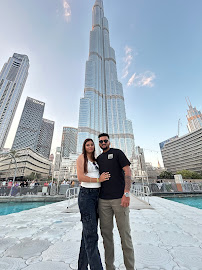Top 10 Things to Do in Dubai
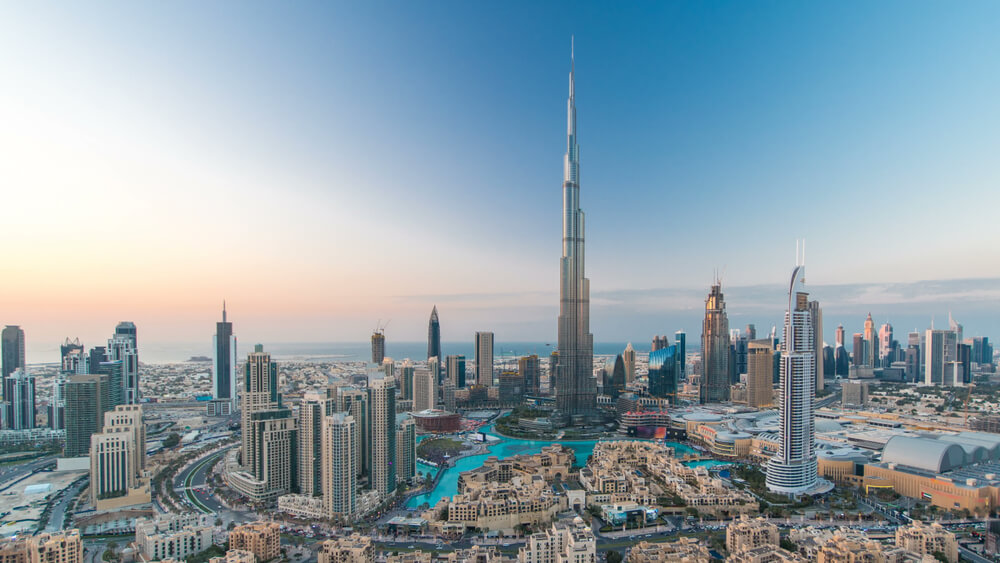
The Burj Khalifa is the tallest building in the world and Dubai’s most iconic landmark. Standing at over 828 metres, it offers panoramic views of the city, desert, and coastline. Travellers can book tickets to the observation decks on the 124th and...
Read more..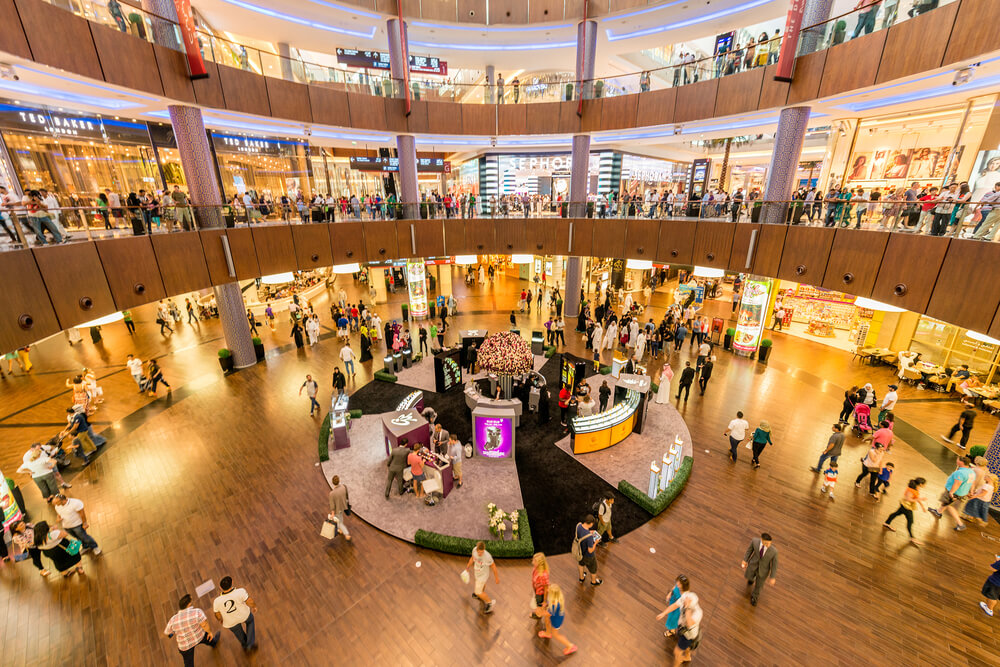
Located right next to the Burj Khalifa, Dubai Mall is a paradise for shoppers and families. With over 1,200 retail stores, it is one of the largest malls in the world. Beyond shopping, the mall features an ice rink, an indoor theme park, and the Du...
Read more..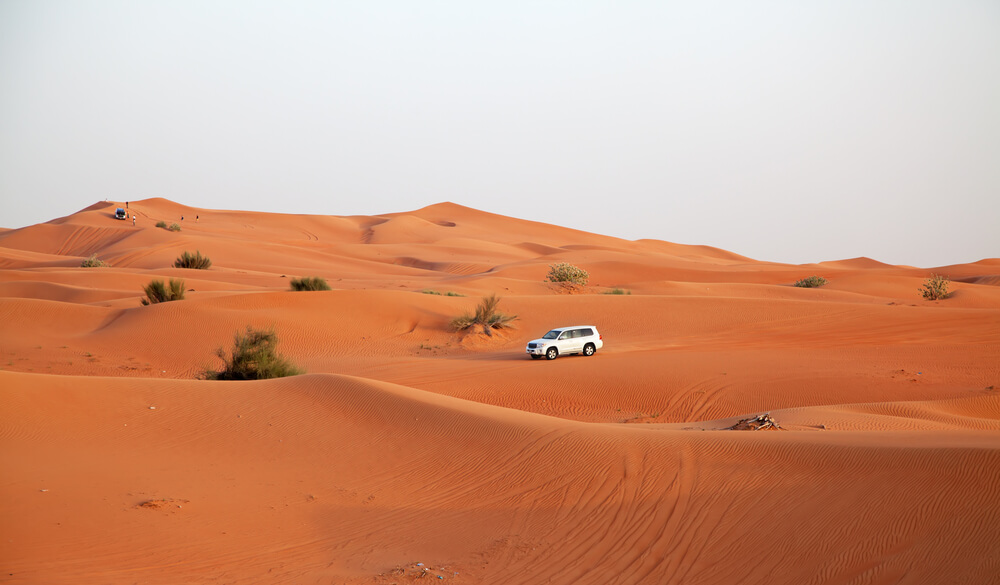
No trip to Dubai is complete without experiencing its desert heritage. A desert safari usually includes dune bashing in 4x4 vehicles, camel rides, sandboarding, and evening entertainment at Bedouin-inspired camps. Visitors are treated to traditiona...
Read more..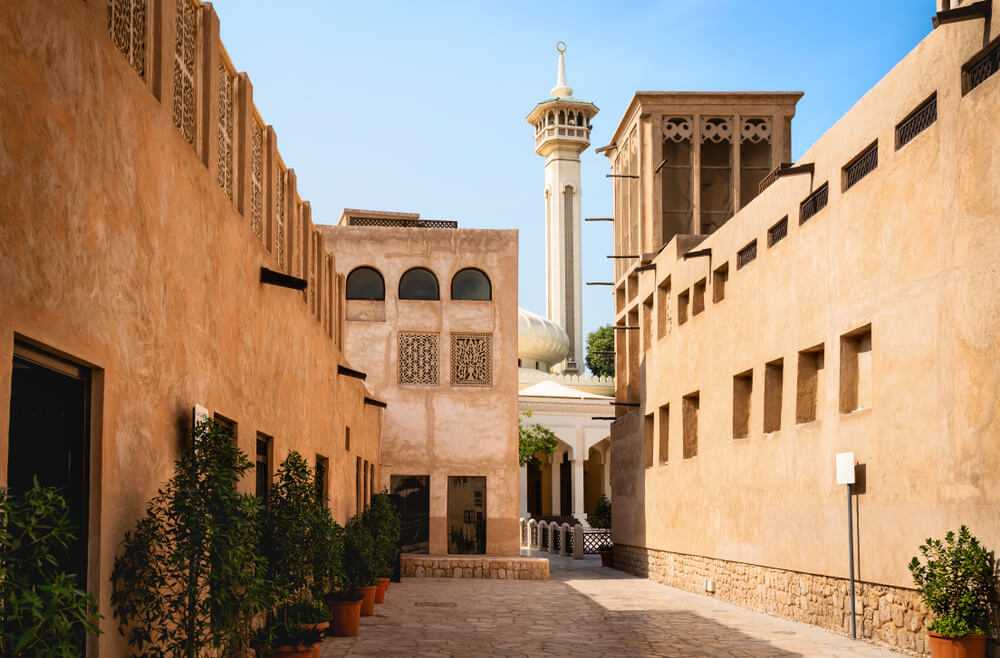
While Dubai is known for its futuristic skyline, the Al Fahidi Historical Neighbourhood offers a glimpse into its past. Narrow alleyways, wind towers, and restored heritage houses reflect the city’s cultural roots. The district is also home to muse...
Read more..
Jumeirah Beach is one of Dubai’s most popular stretches of coastline. With soft white sand and clear waters, it is perfect for sunbathing, swimming, and water sports. The beach also offers excellent views of the Burj Al Arab, one of the most luxuri...
Read more..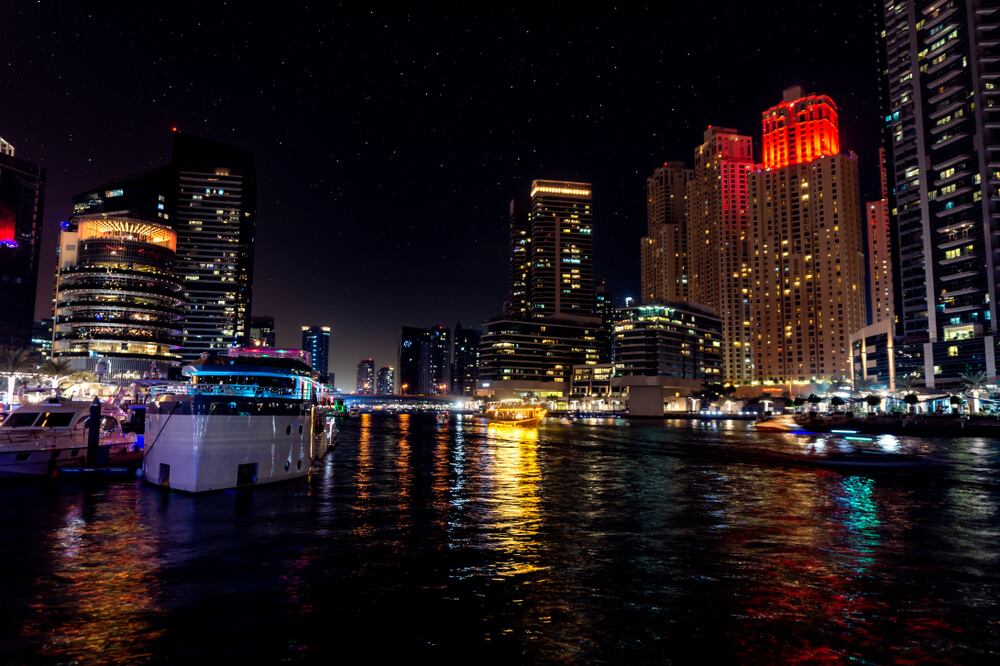
Dubai Marina is a glamorous waterfront district lined with skyscrapers, luxury apartments, and entertainment venues. Travellers can stroll along the Marina Walk, dine at world-class restaurants, or take a dhow cruise to admire the city lights from ...
Read more..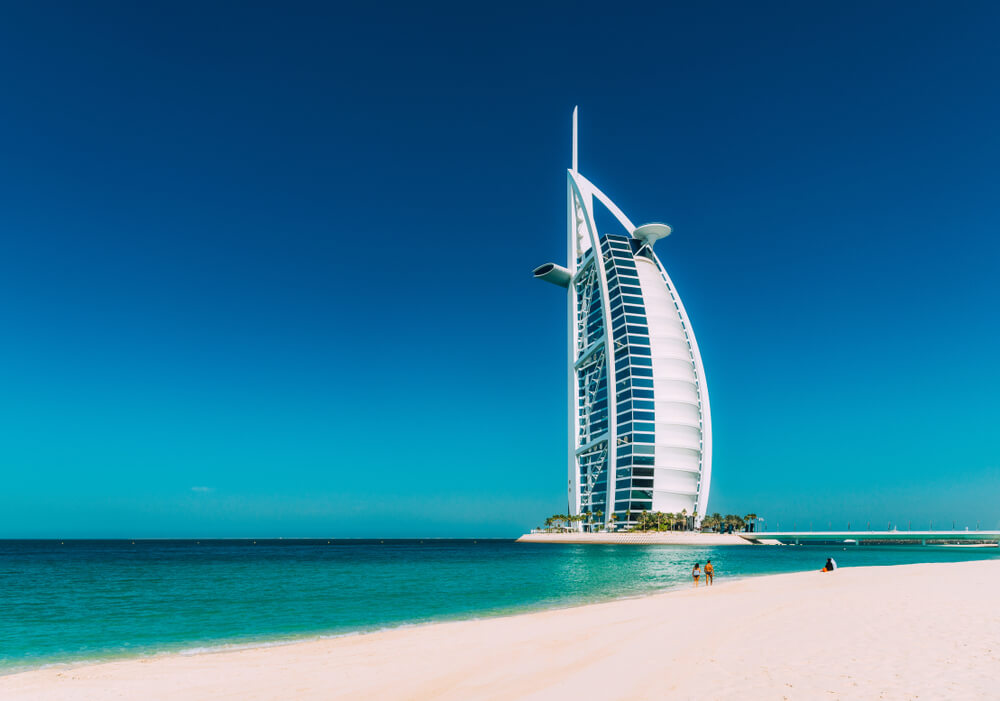
Palm Jumeirah is one of Dubai’s engineering marvels, shaped like a palm tree and visible from space. This man-made island is home to luxury hotels, beach clubs, and fine dining restaurants. The Atlantis, The Palm resort is a highlight, featuring an...
Read more..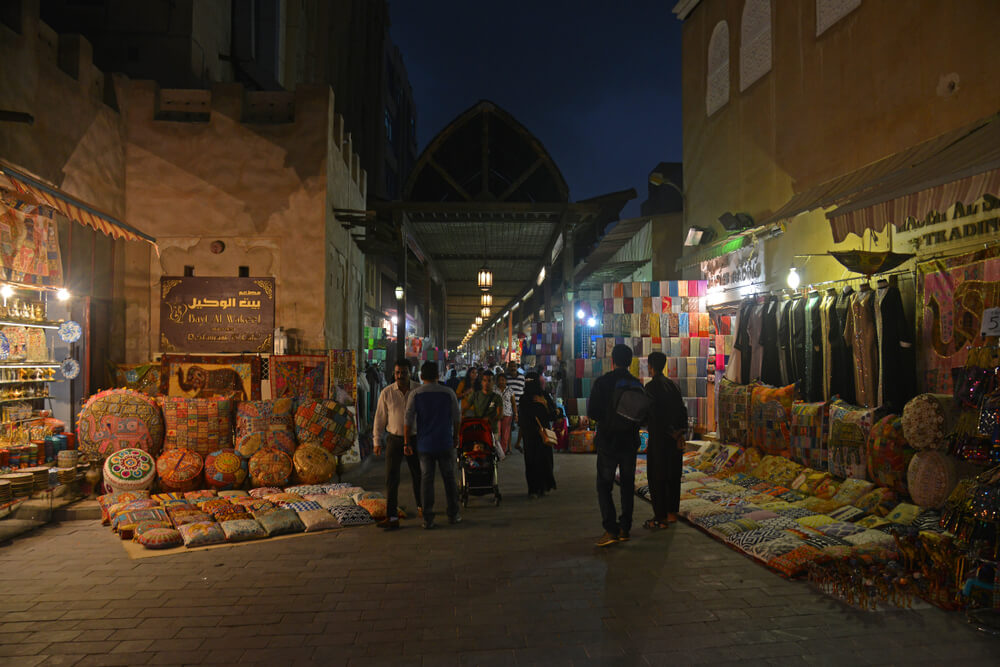
For a traditional shopping experience, head to Deira’s Gold and Spice Souks. The Gold Souk dazzles with displays of intricate jewellery, from delicate chains to elaborate bridal sets. Bargaining is part of the fun, and shoppers can find excellent d...
Read more..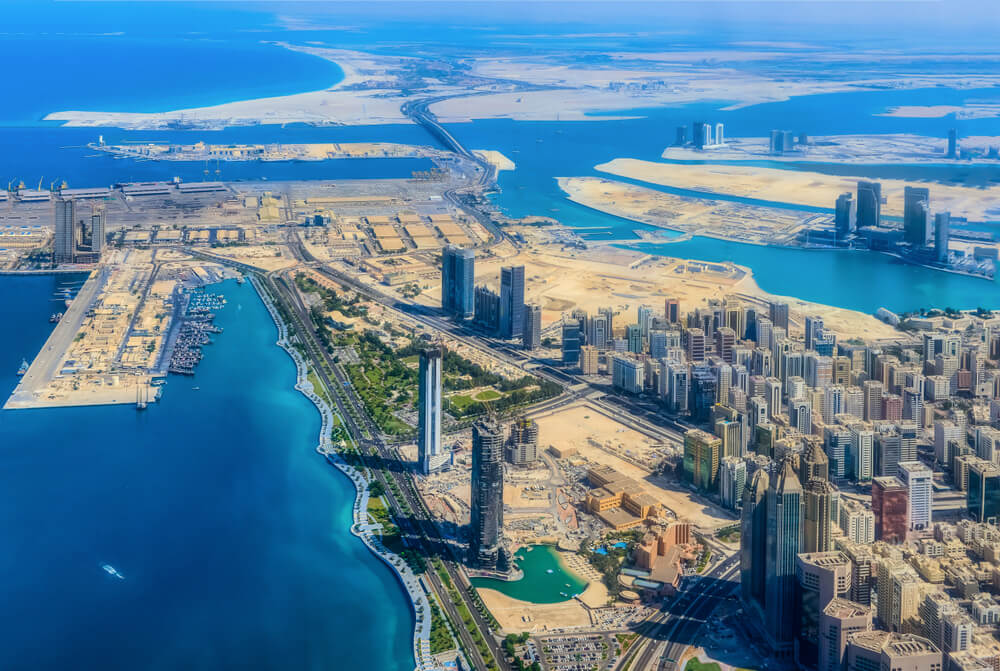
While exploring Dubai, many travellers take the opportunity to visit Abu Dhabi, the capital of the UAE. Located about 90 minutes away by road, it is home to attractions like the Sheikh Zayed Grand Mosque, Louvre Abu Dhabi, and Ferrari World. The co...
Read more..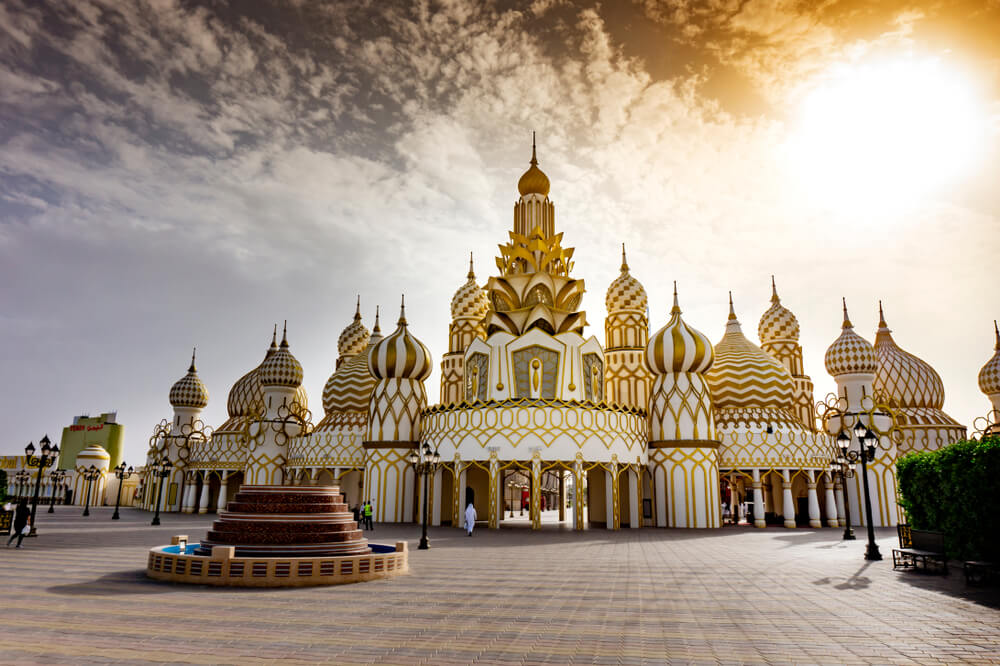
Global Village is a seasonal attraction that showcases cultures from around the world in one vibrant setting. Open from October to April, it features pavilions representing over 70 countries, each offering food, crafts, and entertainment. Visitors ...
Read more..Best Time to Visit Dubai: A Seasonal Guide
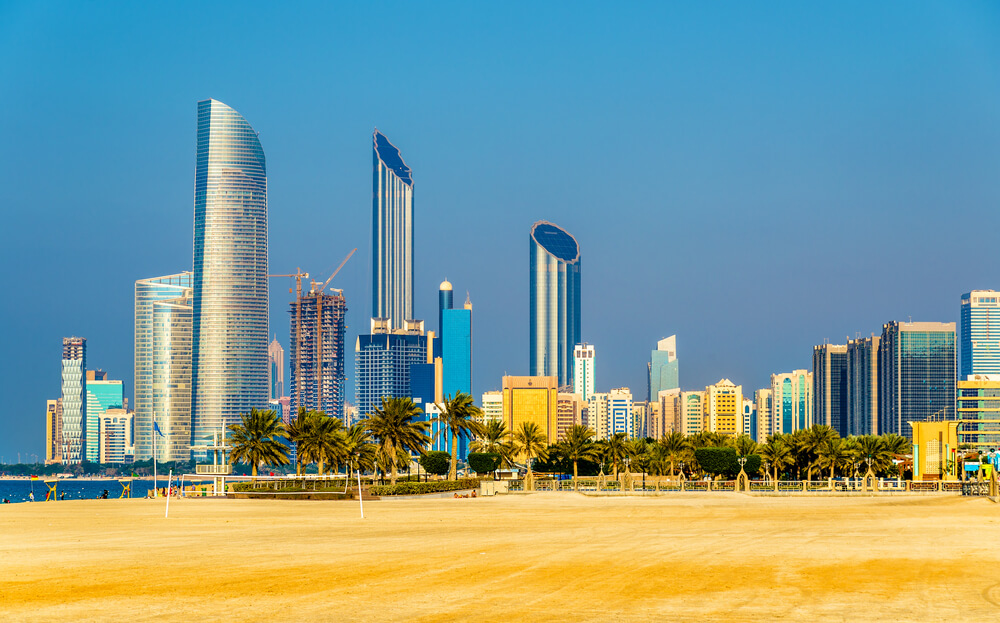
- Average Temperature: The hot season generally runs from May to September, with average daytime temperatures ranging from 38°C to 45°C. At night, temperatures drop only slightly, hovering around 30°C. The humidity, especially n...
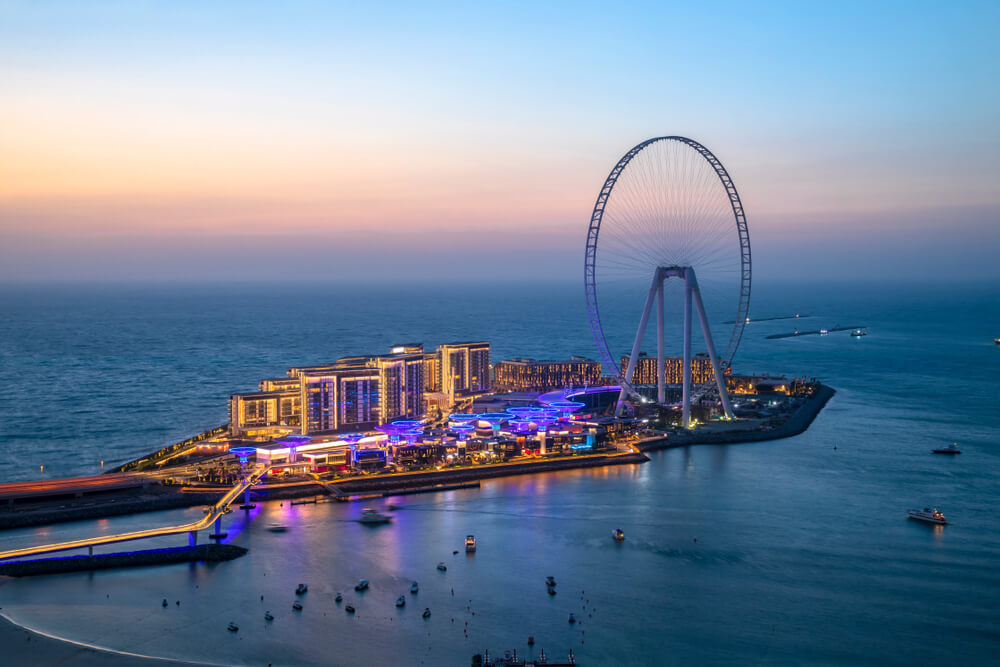
- Average Temperature: The cool season runs from November to March, with average daytime temperatures between 20°C and 30°C. Nights are mild and can dip to around 15°C in January, making it one of the most pleasant times for sig...
Frequently Asked Questions (FAQs)
Dubai is situated on the southeastern coast of the Arabian Peninsula, along the Arabian Gulf. It is one of the seven emirates that make up the United Arab Emirates (UAE). Strategically positioned between Europe, Asia, and Africa, Dubai serves as a major global travel hub. Its prime location makes it easily accessible from many international destinations. The city lies north of Abu Dhabi, the UAE capital, and south of Sharjah, another key emirate. Dubai’s location has contributed to its growth as a world-class tourism, business, and trade centre.
Dubai is part of the United Arab Emirates (UAE), a federation of seven emirates established in 1971. The UAE consists of Abu Dhabi, Dubai, Sharjah, Ajman, Umm Al Quwain, Ras Al Khaimah, and Fujairah. Dubai is the most populous city in the country and one of its main economic and tourist hubs. The UAE’s location on the Arabian Peninsula has made it a bridge between continents, giving Dubai access to international trade routes and making it a key destination for travellers seeking luxury, culture, and adventure.
Yes, Dubai is located in the Middle East, specifically in the eastern part of the Arabian Peninsula. It is bordered by the Arabian Gulf to the north and desert landscapes inland. Its position in the Middle East has contributed to its historical significance as a trade port and its modern role as a global tourism and business hub. Dubai’s climate, culture, and economy are influenced by its Middle Eastern location, while its infrastructure and attractions make it accessible and appealing to international visitors.
Dubai is approximately 2,000–3,000 kilometres from major Indian cities, depending on the departure location. Direct flights from Delhi, Mumbai, Bangalore, and Chennai typically take between 3 and 4 hours. This short flight duration makes Dubai a convenient destination for Indian tourists seeking a weekend getaway or a short holiday. Its proximity, combined with frequent direct flights and affordable travel options, contributes to its popularity among Indian travellers looking for shopping, sightseeing, or cultural experiences.
Dubai itself is one of the seven emirates of the UAE. Unlike some countries where cities exist within larger administrative regions, Dubai functions both as a city and an emirate. This dual status allows it to govern its own economic, tourism, and cultural policies, contributing to its rapid growth and global recognition. Dubai’s governance and development strategies have positioned it as a world leader in real estate, hospitality, trade, and entertainment.
Dubai is surrounded by other emirates of the UAE, including Sharjah to the northeast and Abu Dhabi to the south. Beyond the UAE, it is relatively close to Oman to the southeast and Saudi Arabia to the southwest. Its coastal location on the Arabian Gulf provides easy maritime access to other Gulf nations like Qatar and Bahrain. This geographic positioning has helped Dubai become a regional hub for business, tourism, and international flights.
Dubai is globally connected through its airports, seaports, and highways. Dubai International Airport is one of the busiest in the world, linking it to major cities across Europe, Asia, Africa, and the Americas. Additionally, Jebel Ali Port is a major shipping hub. Dubai’s location and infrastructure have made it a global transit point, allowing tourists, business travellers, and cargo shipments to reach destinations efficiently.
Yes, Dubai is located about 140 kilometres northeast of Abu Dhabi, the UAE’s capital. The two cities are connected by well-maintained highways, making it possible to travel between them in roughly 90 minutes by car. Many travellers visit both cities in a single trip to explore Abu Dhabi’s cultural landmarks, such as the Sheikh Zayed Grand Mosque, and Dubai’s modern attractions.
Dubai is located in Asia, on the Arabian Peninsula. Its position in the southwestern part of Asia places it in the Middle East region. This location has contributed to Dubai’s historical role as a trading port and its modern status as a global tourism and business centre.
Yes, Dubai is a coastal city, bordered by the Arabian Gulf to the north. Its coastline features popular beaches such as Jumeirah Beach and Kite Beach, luxury hotels, and waterfront promenades. The coastal location also allows for water-based activities like yacht cruises, jet skiing, and fishing trips, making Dubai a year-round destination for sun-seekers.
Dubai’s location on the Arabian Peninsula gives it a desert climate with hot summers and mild winters. Coastal humidity can make summer temperatures feel hotter, while winters are dry and pleasant. Its geographic location also means limited rainfall, with most showers occurring between December and March. This consistent weather contributes to Dubai’s appeal as a reliable year-round tourist destination.
Dubai’s location, infrastructure, and global connectivity make it a magnet for tourists. From iconic skyscrapers and luxury resorts to cultural districts and desert adventures, Dubai offers a wide variety of experiences. Its proximity to Europe, Asia, and India makes it easy to access, while world-class shopping, entertainment, and dining enhance its appeal. The combination of modernity and tradition ensures that Dubai remains one of the world’s most visited cities.




